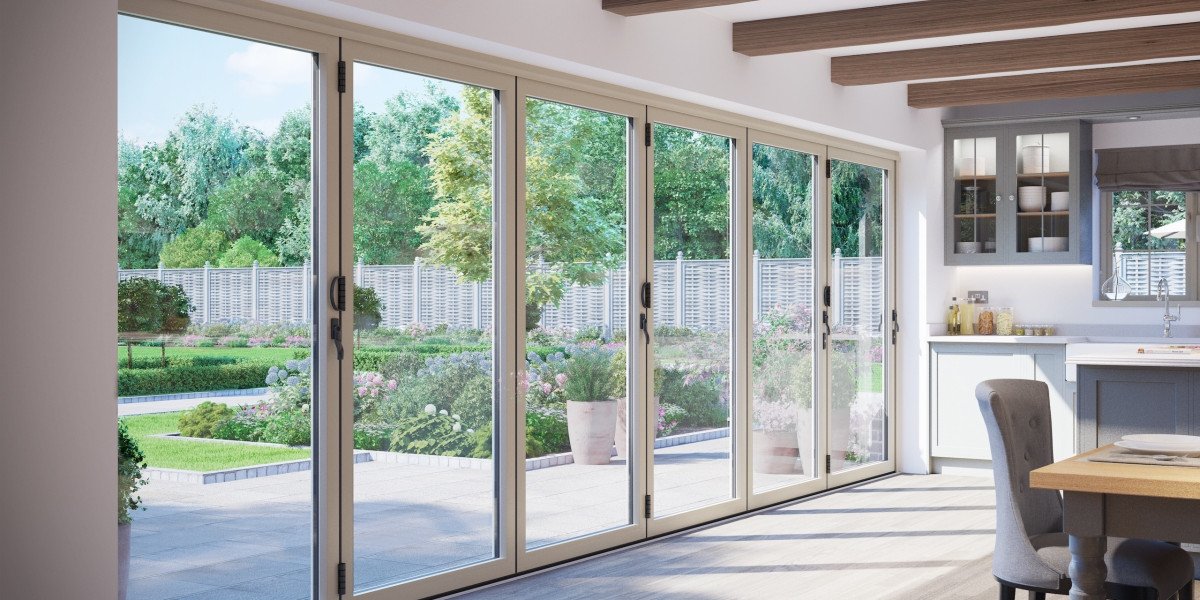Dog Daycare is becoming a standout segment within the broader “Pet Products & Supplies” landscape of the consumer goods sector. As pet owners increasingly view their dogs as family members, the demand for professional, safe, and engaging daycare services is rising sharply. Market Intelo’s latest analysis underscores the scale, growth drivers, and opportunities in this dynamic space.
Get Sample Report of Dog Daycare Market @ https://marketintelo.com/request-sample/40958
The global dog daycare market was valued at approximately USD 2.15 billion in 2024, and it is projected to reach around USD 6.50 billion by 2035, exhibiting a compound annual growth rate (CAGR) of about 10.6 % over 2025–2035.
Get Sample Report of Dog Daycare Market @ https://marketintelo.com/request-sample/40958
Market Outlook & Trends
Rising Demand Amid Pet Humanization
Dog daycare is capturing traction due to the accelerating pet humanization trend, particularly in urban areas. With dual-income families, busy work schedules, and greater disposable incomes, pet owners are seeking reliable and enriching environments for their dogs during the day. Many owners now prioritize socialization, structured play, and wellness features—driving the move from informal home care to professional daycare solutions.
Key Growth Drivers
Urbanization & Dual-Income Households: In dense cities, limited space and long working hours boost the need for external pet care.
Premiumization of Pet Services: Owners are prepared to pay a premium for added services like behavior training, grooming, and tech-driven monitoring.
Digital Platforms & Bookings: Online reservation systems, mobile apps, and integration with pet health tracking tools are improving user experience and retention.
Regulatory & Licensing Improvements: As regulatory frameworks strengthen (especially in advanced markets), consumers gain confidence in standards, hygiene, and safety, which in turn supports market legitimacy and growth.
Regional Landscape
North America currently leads industry adoption, backed by mature pet care ecosystems and high pet ownership rates. However, Asia-Pacific is expected to emerge as a high‑growth region, thanks to rising middle-class populations, increasing pet ownership, and expanding awareness of structured pet care services.
Market Segmentation
By Service Type
Daycare / Full‑day care dominates service types, commanding a major share of revenues due to its utility for working pet owners.
Add-on services such as grooming, training, and enrichment programs are seeing accelerated growth, particularly among premium offerings.
By Pricing Model
Pay-as-you-go services currently hold the majority share, but subscription-based models are gaining momentum and are forecast to grow at attractive rates as providers aim for predictable recurring revenue.
By Facility Model
Commercial facilities (standalone dog daycare centers, pet hotels) form the backbone of the market structure.
Some residential or boutique daycare models also coexist, especially in suburban or semi-urban areas, often catering to community-level demand.
By Target Dogs / Breed Type
While services serve all breeds, medium-to-large and high-energy breeds often require more structured socialization and activity, making them frequent users of full-day daycare models.
Competitive Dynamics & Innovation
Leading players in the space include Dogtopia, Camp Bow Wow, PetSmart’s pet care wings, Wag Hotels, and regional boutique providers. Operators compete on service differentiation, facility quality, technology integration, and brand trust.
Innovative models are emerging, such as app-based bookings with real-time video feeds, behavioral analytics for pets, loyalty/subscription bundles, and tie-ins with veterinary services to offer holistic pet wellness packages. Providers that can deliver trusted safety, transparency, and consistent quality will have a competitive edge.
Challenges remain: staff training, compliance with hygiene standards, real estate costs in urban markets, and liability risk. Providers are responding with modular facility designs, automation (e.g. smart sensors), and standardized protocols.
Outlook & Opportunities
The projected expansion from USD 2.15 billion to USD 6.50 billion by 2035 implies strong demand across geographies. This trajectory suggests that dog daycare will evolve into a mainstream pet service offering across both mature and emerging markets.
Key opportunity areas include:
Tier-2 / tertiary cities in fast-growing economies, where pet ownership is rising but quality daycare services are underpenetrated.
Premium and niche models, such as dog care for senior pets, breed-specific enrichment, or luxury “boutique daycare” with spa and wellness features.
Technology-enabled models, combining IoT sensors, behavior analytics, tele-vet integrations, and app-based customer management.
Partnerships with pet product brands, veterinary chains, and residential developers to embed daycare solutions into broader pet ecosystems.
Future competition will likely revolve around trust, convenience, and holistic value rather than just basic care. Brands that build strong local reputations and scalable models have the potential to lead.
Related Report








